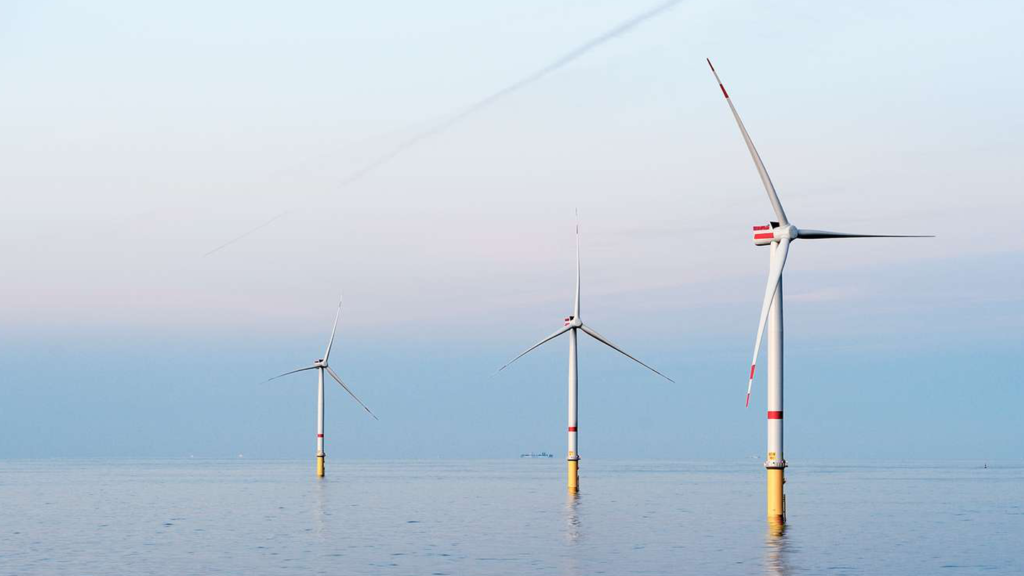
Danish wind developer Orsted has opened what it says is the largest offshore wind operations and maintenance (O&M) hub in Asia Pacific to support its Greater Changhua wind farms offshore Taiwan. Significantly, it is the first operations hub it has built outside Europe.
“Located at the Port of Taichung, the O&M hub is the first operations facility with green design and the largest in terms of size and offshore service capacity in the Asia-Pacific region. It’s built with the aim to serve four Greater Changhua offshore wind farms with a combined capacity of approximately 2.4 GW,” Orsted said on Tuesday.
“With its industry leading build-to-operate business model, Orsted began O&M deployment in 2018 with a strategic plan to establish full-scale operations, which is an unprecedented industrial practice in Taiwan. The company brought in its unparalleled O&M expertise and experience to Taiwan by cultivating a local O&M team of technicians and operations professionals, launching a customised service operation vessel (SOV), and investing in building a world-class O&M hub,” the company said in a statement.
“Taiwan is our first market of entry in Asia-Pacific and home to our regional headquarters. We’re contributing significantly to Taiwan’s energy transition through the 1.82 GW capacity we’ve been awarded and more than 5.6 GW of new projects in the pipeline. The inauguration of our O&M hub, which is the first operations facility we’ve built outside of Europe and a significant investment we’ve made in this market, clearly demonstrates our long-term commitment to Taiwan and our dedication to create a world that runs entirely on green energy,” said Mads Nipper, group president and CEO of Orsted.
“The hub is designed in accordance with global standards from Orsted’s O&M portfolio to oversee the daily operations of offshore wind farms, ensure optimal clean energy output, and manage all safety aspects related to the works carried out by the offshore O&M technicians. Moreover, the facility uses locally manufactured, energy-saving, and sustainable materials to reduce carbon footprint and contribute to Orsted’s 2025 carbon neutrality goal. The O&M hub meets the gold-rating certification criteria of the Leadership in Energy and Environmental Design (LEED),” noted the company.
Highlighting the importance of knowledge sharing and green energy education, Orsted also set up a learning centre at the O&M hub to welcome local communities and stakeholders to learn about offshore wind and inspire the next generation of professionals and talent.
Key facts about the O&M hub:
25 February 2020: Signed 20-year lease with Taiwan International Ports Corporation Marine Construction
22 September. 2020: Broke ground on the O&M hub
5 May 2021: Taiwanese O&M technicians embarked on eight-month secondment training at operating wind farms in the United Kingdom
27 June 2022: Construction completed and ready for move-in
2 August 2022: O&M hub inaugurated
Area: 7,868.15 m2
Capacity: 80 people
Building design: MOH Associates Inc., local firm of the MAA Group
Building construction: Lung Ming Green Energy Technology Engineering Co Ltd.
Green solutions:
60% of the materials used are certified as sustainable and recyclable and are locally procured
Installed 370 pieces of solar panels and rainwater recycling equipment
Installed charging stations for electrical vehicles
The offshore wind market in Asia is expected to experience massive expansion over the next five to 10 years, particularly in the more advanced economies of Taiwan, Japan and South Korea, as governments face increasing pressure to focus on climate change, renewable energy sources, and hit their net-zero emissions targets.
Significantly, this presents opportunities for European companies to play a key role in the development of Asia’s nascent offshore wind energy sector.
Taiwan’s plan for offshore wind development includes a three-stage strategy and it targets 5.7GW of cumulative installed capacity by 2025 during the first two stages. It aims to build 1GW of resources per year from 2026 to 2035, which will be considered the third stage of development.
